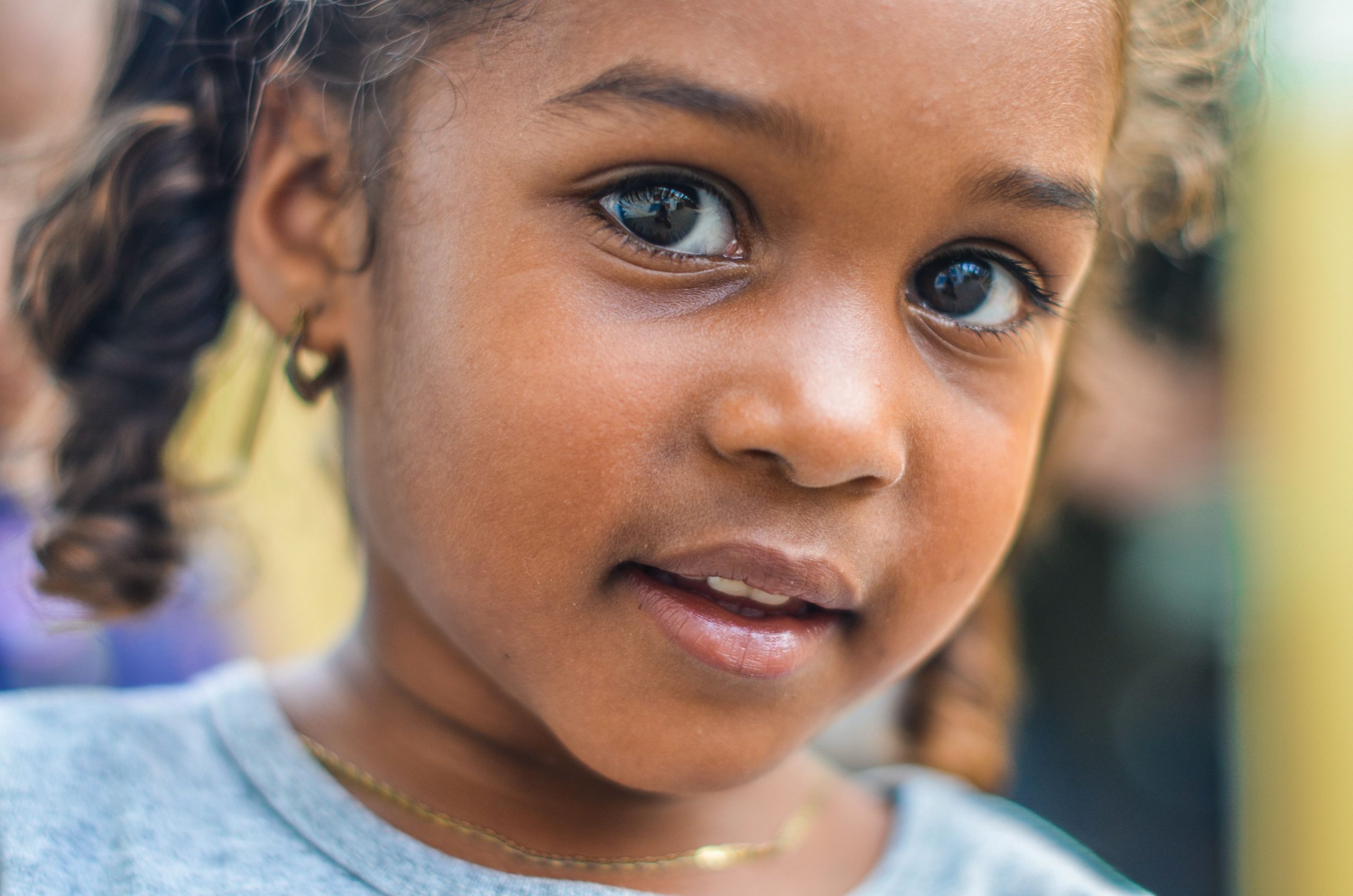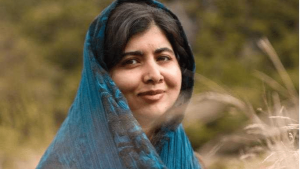A country
like India, where a boy child is still preferred over a girl in several quarters of the society, we encounter massive gender disparities. To counter these, what is needed is an improvement in their social and economic status.
Keeping this societal
inequality in mind, the Indian government, over the years has initiated several
schemes and policies to educate, empower and uplift the girl child.
On this day
of the National Girl Child day, here is a list of such schemes and policies:
· Beti
Bachao Beti Padhao: Beti Bachao Beti Padhao is a central government scheme that
is based on education to help improve societal perceptions and benefits the girls across India. The
primary motive of this scheme is to protect the girl child from societal issues
such as gender-based abortions, inequality and supports girl child in her education, gender equality and ensures for her a healthy and secure environment. The
scheme primarily targeted the districts that had a low sex ratio and later
spread across the country.
· Balika
Samriddhi Yojana: Balika Samriddhi Yojana is a scholarship scheme aimed to
offer financial support to girls and their families, belonging to below poverty
line (BPL). The scheme targeted to uplift their position in the society, improve
girl’s marriageable age and boost their enrollment for studies in school. This
scheme can be availed by both rural and urban population, under which the
mother, soon after giving birth to a girl child receives a cash benefit of Rs
500. The girl also gets an annual scholarship ranging from Rs 300 to Rs 1,000
till her tenth grade schooling.
Also read: Western Railway introduce first all-women crew piloted goods train on Twitter
· Sukanya
Samriddhi Yojana: Sukanya Samriddhi Yojana is a government-sponsered savings
scheme which encourages a girl child as the prominent account holder while the
parent or legal guardian acts as a joint account holder. According to the scheme,
the account can be opened before the girl child turns 10 and the deposit should
be made till 15 years from the date of opening the account or till marriage of
the girl child. The scheme completes its maturity after 21 years.
If you invest in this scheme, you will be benefitted in several ways
including fixed deposit option that starts from a minimum of Rs 250 and maximum
of Rs 1.5 lakh per annum, it provides an interest rate of 7.6% and a partial
withdrawal of the amount is permitted for higher studies of the girl post 18 years.
· National Scheme
of Incentive to Girls for Secondary Education: A pan-India scheme which is run
by the Department of School Education & Literacy, Human Resource
Development Ministry and Government of India. This is beneficial for girls belonging
to economically and socially backward classes. Any girl eligible for this
scheme will be provided Rs 3,000 as a fixed deposit on her behalf. Once the girl
turns 18 and finishes her 10th class exam, she is eligible to withdraw the
amount with complete interest.
As per eligibility criteria, only girls below 16
years, all girls from SC/ST who have passed class 8 and those from other social community who passed the Kasturba Gandhi Balika Vidyalayas 8th
exams are fit for this scheme.
· CBSE Udaan Scheme: CBSE Udaan
scheme for girl child is operated by the Central Board of Secondary Education
via the Ministry of Human Resource Development and Government of India. The
scheme targets to increase girls’ enrolment at leading engineering and
technical institutions across the country. It aims to enhance the
educational quality with more emphasis on girl students from the disadvantaged
communities of society.
The scheme comes with several
benefits including free course material or online services like video learning
classes for class 11th and 12th girl students along with
virtual classes on weekends, helpline facility for studies and clearing doubts
and recording of student’s progress. Girls who are eligible under the scheme should
be from a CBSE affiliated schools, studying in class 11th and 12th
with a background in physics, chemistry and mathematics and their family’s annual
income should not exceed Rs 6 lakh.







